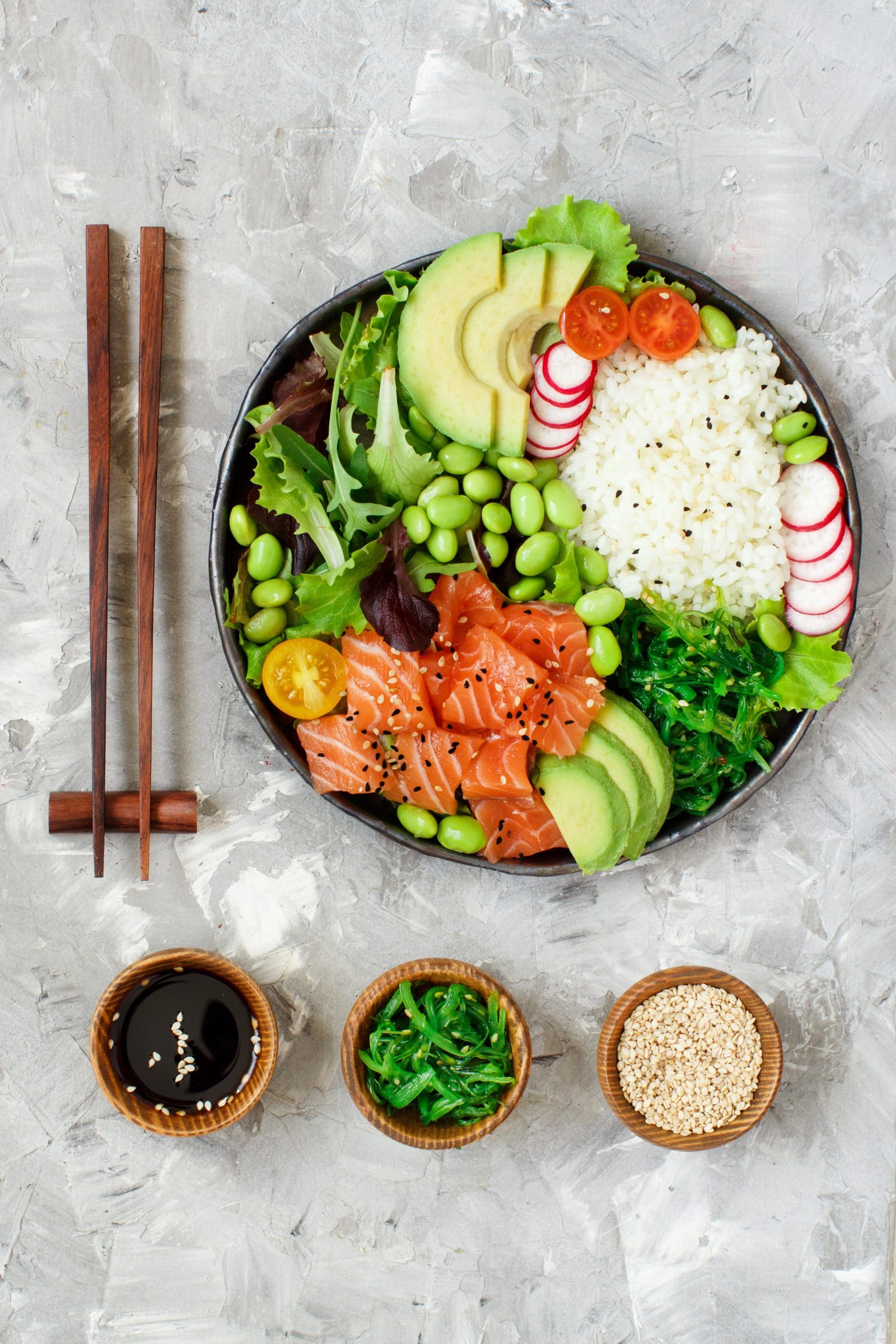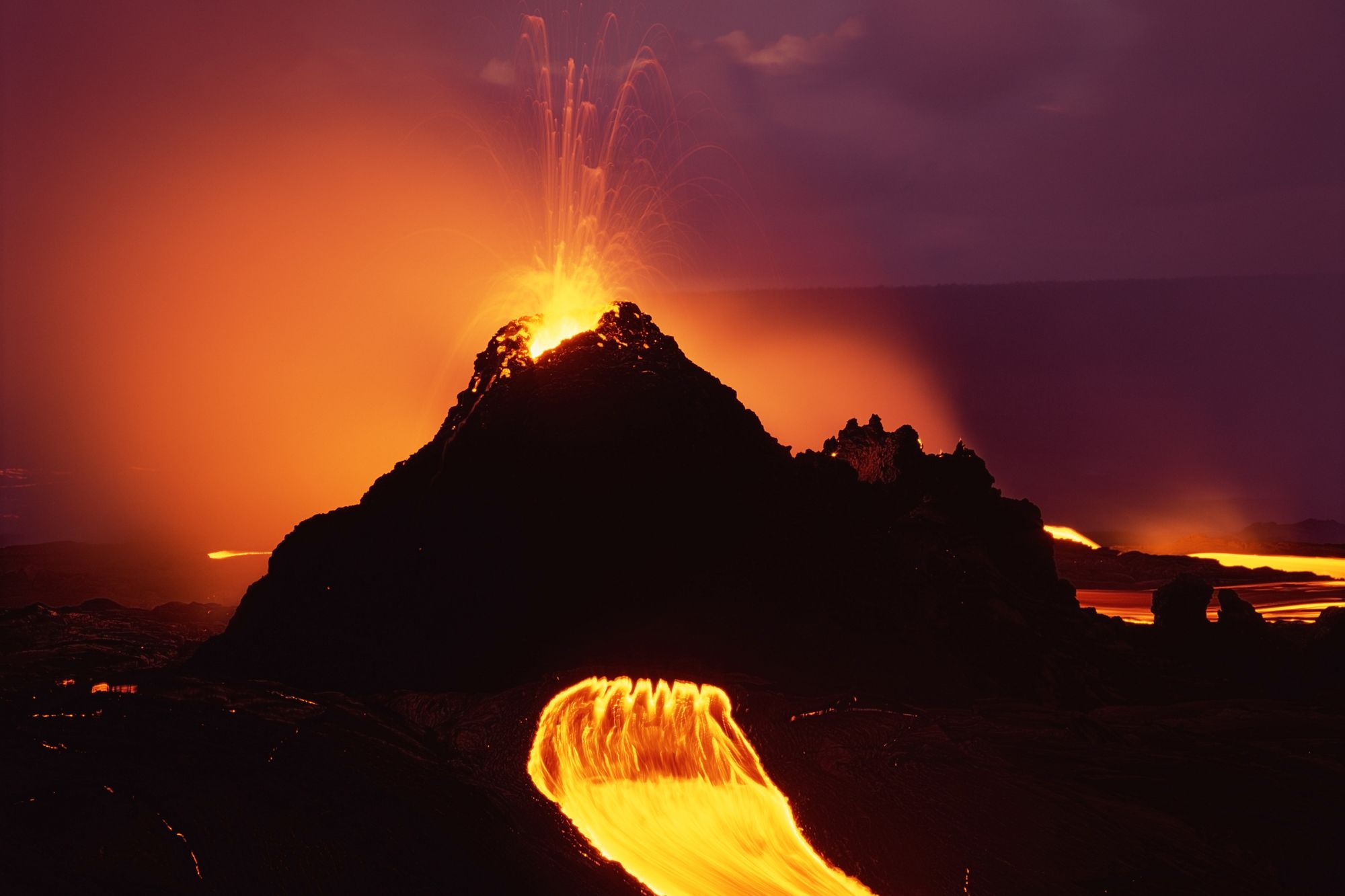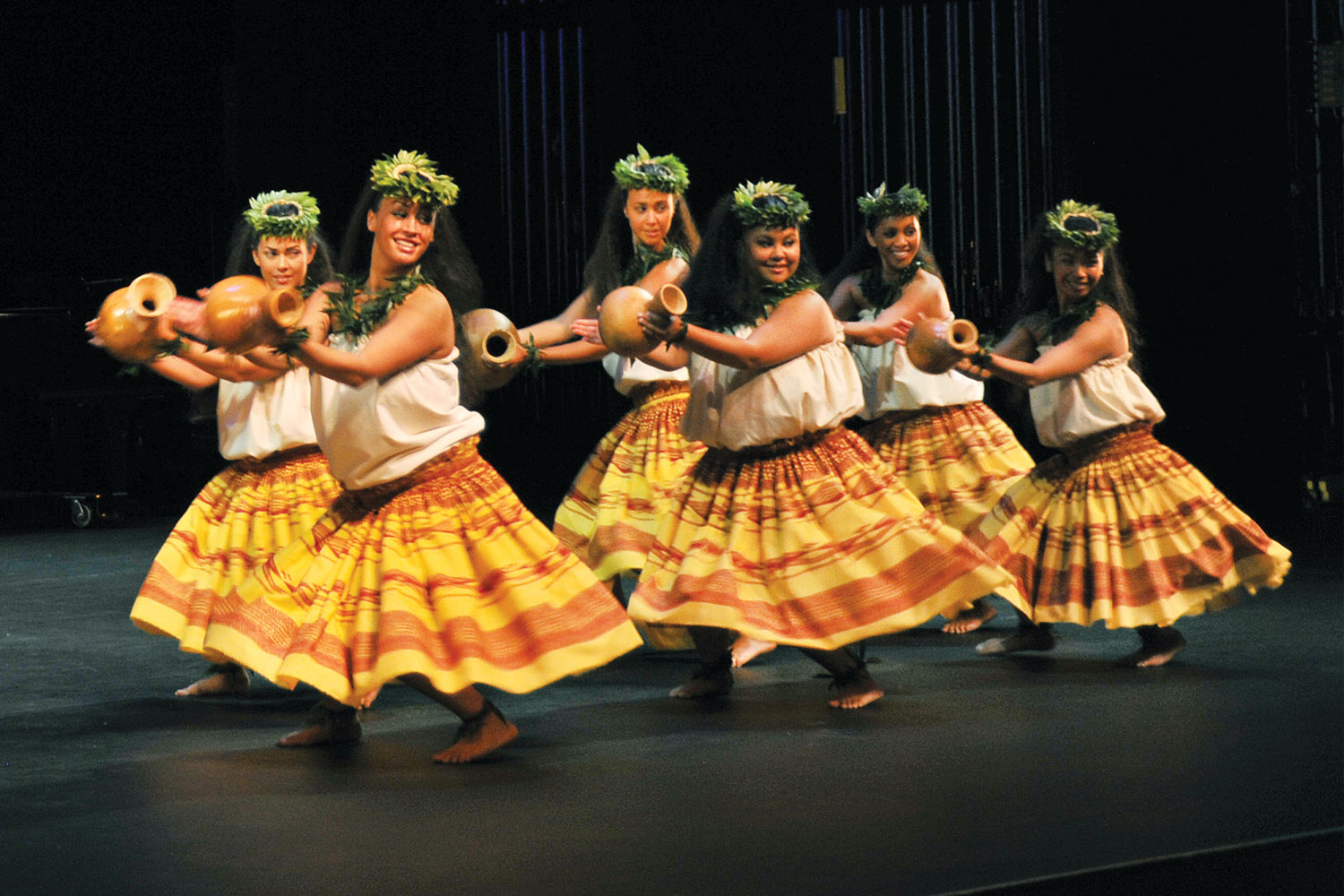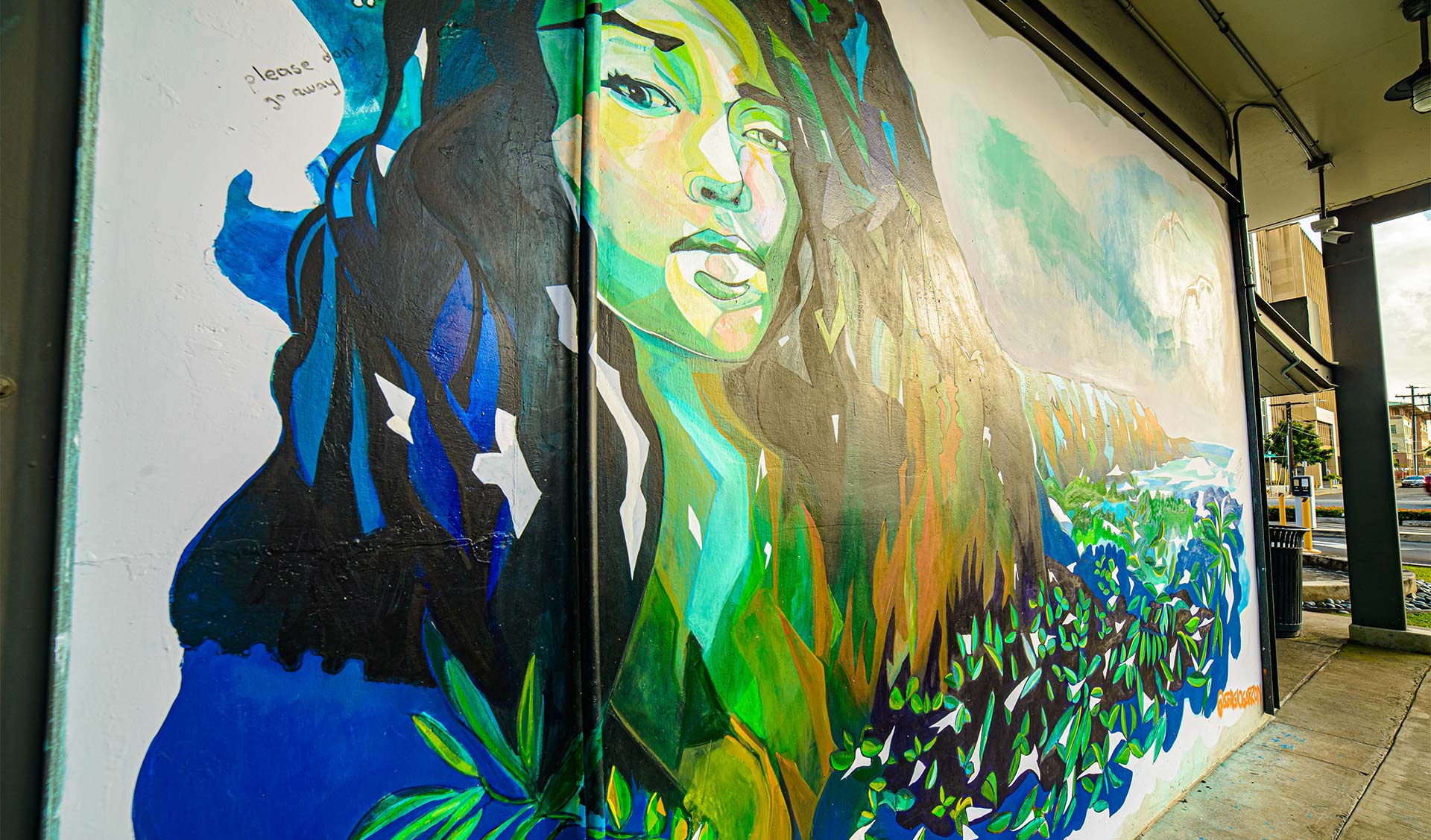1. Symbols
3. Place Essentialism
4. Meaningful Engagement
6. Navigating Risk
1. Symbols
3. Place Essentialism
4. Meaningful Engagement
6. Navigating Risk
Those travelling to the tourist sections of Hawaii can expect many similar cultural
aspects as that of mainland USA. Though perhaps time moves a little slower and
everything is a little more expensive.
Native Hawaiians, however, engage in a few social differences to that which the
typical Australian tourist, at least, may not expect. Many native Hawaiians have
deep ties to their culture and try to incorporate as much of traditions into daily life
as is possible in modern society.
Local culture has also been influenced from a variety of sources as Hawaii is a
particularly diverse state, taking aspects from Mexico, China, Korea, Puerto Rico,
the Philippines, Portugal and Spain. There is notably a very present Japanese
influence due to the influx of Japanese workers that moved to the Islands in the
late 19th century. This can be seen in many of the food, art and attitudes around
the islands.

Whilst Hawaiian residents have a reputation for being particularly friendly,
it may shock travellers to face tension from native Hawaiians who have
been facing strife over the tourism industry. Many of which are asking travel
to the islands to be stopped altogether to allow the environment, economy and
infrastructure to heal.
References:
https://www.buzzfeed.com/jenniferadams2/shocking-things-moved-to-mainland-
from-hawaii
https://www.carshippinghawaii.com/hawaii-s-culture-shock-what-to-expect-when-
moving-to-the-islands
https://www.ymtvacations.com/travel-blog/unique-aspects-of-hawaiian-culture
https://greedy-panda.com/2021/07/hawaiian-poke-bowl/
As mentioned in a few of these other blog posts, travelling to Hawaii may not be
as simple as it seems. There are moral quandaries attached to the tourism industry
as a whole but that is not the only risk factor present. While the strain tourism
puts on the islands has its own fair share of unsavoury issues– such as the water
shortages and rising tensions with the locals, the place itself is subject to a
multitude of natural disasters. Ones that will only become more common with
the worsening climate crisis.
Hawaii’s islands are home to 15 volcanoes, 6 of which are still active with the last
eruption occurring as recently as last month. This year Hawaii was also victim to
horrific wildfires that killed over 50 people and left thousands homeless. The
catastrophe was caused by the continuing drought conditions combined with the
strong winds attributed in part to Hurricane Dora. The tragedy has affected many
and will take years to recover from, though the people and places impacted will
never truly be the same.

It’s not just volcanoes, fire and hurricanes that jeopardise Hawaii, however. The
state is also prone to flash flooding, tsunamis and earthquakes. The Hawaiian
islands themselves were formed from movements in the Pacific Plate, which
explains their propensity for natural disasters.
It is wise to be wary when travelling to the area and to understand the specifics of
each season on the islands. Always ensure you are aware of the signs of impending
natural disasters and have an emergency plan on hand for when the worst case does
occur.
References:
https://education.nationalgeographic.org/resource/chain-islands-hawaiian-hot-spot/
https://www.usgs.gov/volcanoes/kilauea/recent-eruption
https://www.usgs.gov/observatories/hvo/evolution-hawaiian
volcanoes#:~:text=The%20eight%20main%20Hawaiian%20
Islands,mi)%20across%20the%20north%20Pacific.
https://www.cnbc.com/2023/08/11/hawaii-wildfire-death-toll-rises-to-55-lahaina-
reduced-to-ashes.html
https://www.to-hawaii.com/natural-disasters.php
https://www.popularmechanics.com/science/environment/a20666474/hawaii-volcano-
kilauea-history-facts/
Hawaii is hardly lacking in perceived signifiers, the average individual who may
know very little about the islands still has an image in their minds of what to
xpect if they ever were to find themselves there. Luaus and leis, hula dancing
girls on the beach– many of these previously traditional and culturally significant
practices have been stripped down and simplified for the enjoyment and easy
consumption of tourists.
Colonial conquest kicked off many of these changes and the repeated subjugation
of the Hawaiian natives by foreign interlopers took something beautiful and
unique and forced it to become something they could understand, until it looked
nothing like its origins at all.

An example of this is that of the hula dance. The practice was initially performed
topless, with the women in short skirts and the men in loincloths, and was an
important rite for religious ceremonies. After missionaries encountered the dance
they saw it as immoral and pushed for changes to be made to the dress of its
participants or for it to be banned altogether– which it briefly was due to this
Christian influence. The popular image of grass skirts and coconut bras arose out
of this stigma against naked bodies and remains an enduring image attributed to
Hawaii in a plethora of marketing material.
Hula is still practiced today and should be treated with respect and deference for
the beautiful and complex craft that it is, rather than the cheap stereotype that is
sold.
References:
https://kaimi.org/education/history-of-hula/
https://education.nationalgeographic.org/resource/hula/
https://medium.com/@cindy.rico/hawaiian-stereotypes-c0ca924c2f4b
https://www.globotreks.com/destinations/united-states/hawaii-beyond-the-
stereotype/
https://www.mauimagazine.net/the-heartbeat-of-hula/
Hawaii is a gorgeous corner of the world that draws in many through its allure of
stunning natural landscapes and unique culture. It is a particularly popular tourism
spot for Americans due to its status as a state whilst still being geographically
diverse in comparison to the rest of the USA. Whilst it is understandable why
many wish to have their next getaway in such a beautiful place it is important to
understand the consequences of such an action, and to listen to and respect what
the locals have to say.
Overtourism is a concept that plagues many nations but has been hitting Hawaii
hard, especially during and post-pandemic. Tourism has caused irreparable
damage to the environment, economy and quality of life for those who call it
home. Tourists outnumber locals 7 to 1, which puts an immense strain on the
infrastructure of the islands that are not built to maintain such numbers. This is
especially evident in the water crisis, where water usage in hotels, restaurants and
recreational activity centres have created pollution and shortages for locals.

The trend of rich investors buying up property in the area has also created a cost
of living crisis, where houses are totally unaffordable to those that actually live in
the state and are instead left empty by developers and periodic holidayers.
It’s an issue that needs to be addressed and kept on the forefront of any travellers
minds when debating their next destination, is your experience worth more than
that of the locals? It may feel unfair but it is the reality of the situation, and one
we should all remain conscious of.
https://brownpoliticalreview.org/2023/02/tourism-in-hawaii-the-case-for-caps/
https://www.khon2.com/local-news/hawaii-tourism-climbs-despite-slight-drop-on-
hawaii-island/
Hawaii has a multitude of places to enjoy street art. Particularly in the
neighbourhood of Kaka’ako on the island of Honolulu, who are very proud of
their artistic leanings. Boasting brilliant murals and enlivened walls wherever
you turn. This township also is the host of the POW! WOW! Hawaii festival
which celebrates street art and their artists, drawing in both local and global
talent.
The event was co-founded by Jasper Wong and Kamea Hadar in 2010, two
artists who sought to share the love of their craft. The enterprise encourages
participation in workshops, lectures, exhibitions, demos, block parties and
opportunities to ask artists questions. They also engage with the community
through outreach and educational programs. You can also spot community
projects and collaborations with nonprofits and private commissions in the area.

Much of the art found here mimics its surrounds, dripping in the vibrant colours
of the natural landscape, bringing those beautiful scenes into the suburbs. What
were once grey walls are now a celebration of island lifestyle and culture and all
the wonder and colour it contains.
Other areas to explore for street art sightings are Ala Moana, Chinatown,
Kaimuki, Kapahulu and Waikiki.
References:
https://ourkakaako.com/street-art/
https://theculturetrip.com/north-america/usa/hawaii/articles/a-guide-to-street-art-in-
hawaii
https://thecitylane.com/honolulu-street-art-guide/
http://www.powwowworldwide.com/festival/pow-wow-first-decade-hawaii-world
The pineapple. A beloved snack, controversial pizza topping, and the allure of the
second most visited tourist attraction in Hawaii, the Dole plantation. But there’s
more than meets the eye when it comes to this iconic fruit. What has become a
symbol synonymous with the state, actually has a far more complicated history than
meets the eye.
A popular misconception is that Hawaii was the origin of this fruit, however this is not
the case, and presently the state only produces .13% of it worldwide. This was not
always the case, however. After James Dole opened the business in 1901, he initially
operated at a loss, until eventually growing to control 75% of pineapple production.
The key to its success being the effectiveness of canning for maintaining freshness.

This may sound like a classic tale of the capitalistic American dream, hard work
manifesting mighty dividends, but these stories are rarely so picturesque– behind
Dole’s bounties was an insidious colonial history. James’ father was a missionary
who settled in Hawaii with the intention of converting the native Hawaiian peoples.
The consequences of which lead to imposed western concepts of privatised property
which, in turn, caused the stealing and subsequent selling of Hawaiian land to
American investors.
The pressure these businessmen put on the monarchy of Hawaii only increased as
their power and influence over the economy grew. One such figure being James
Dole’s own cousin who became the president after forcing Queen Liliuokalani to
abdicate, 4 years later the islands were annexed against the wishes of the locals. This is
the environment James built his empire into, this is the dark lineage of the Dole
company.
References:
https://edgeeffects.net/dole-pineapple-plantation/
https://www.ushistory.org/us/44b.asp
https://hawaiioceanproject.com/a-brief-history-of-pineapple-in-hawaii/
https://foreverlostintravel.com/visiting-the-dole-plantation-in-hawaii/
1. Symbols 3. Place Essentialism 4. Meaningful Engagement 6. Navigating Risk